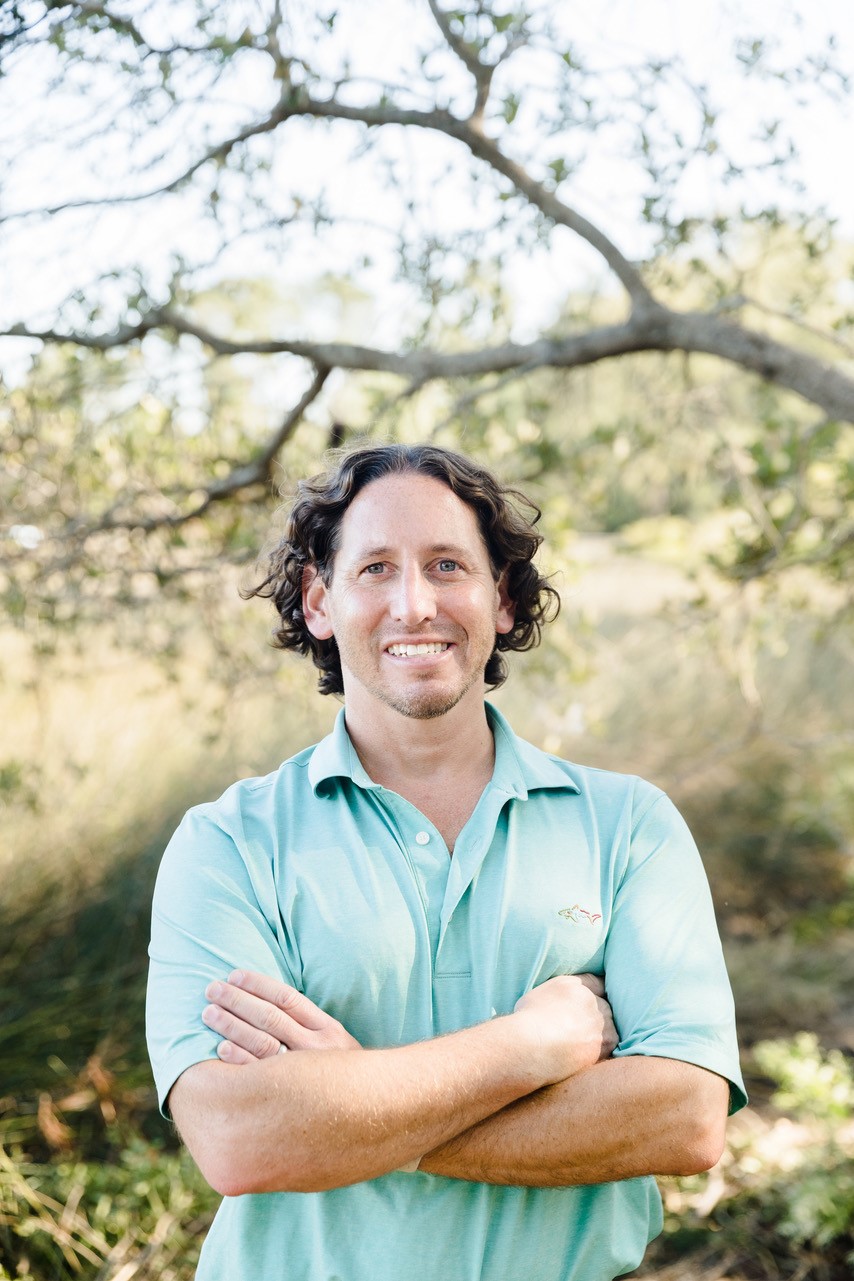Impact of a Fall
Category:

A Fall Can Change Everything!
Joan (not her real name) lived the active life of a healthy retiree when one fall changed everything. Before the fall, she was driving, meeting friends for lunch, volunteering at the library, and even playing an occasional game of tennis with her oldest daughter. She still lived in the home she had purchased with her husband over 50 years earlier and where they had raised their three daughters. Her girls now had families of their own and since her husband’s passing, her only housemate was her faithful golden retriever.
Joan had recently noticed occasional dizziness. Figuring it would pass and not wanting to worry her daughters, she didn’t say anything. Besides, she had several friends no longer driving because family members became worried about their safety behind the wheel. Joan couldn’t imagine losing the independence driving afforded her.
Then one day the dizziness led to a fall which resulted in a broken back. After 52 years in the same home, Joan moved from Emergency Room to hospital room; and then from Rehabilitation at a Skilled Nursing Facility to her daughter’s home. Tennis and lunch with friends were replaced with scans, surgeries, consultations, physical therapy, and doctor visits. Joan missed her home. She longed to be able to go for a walk again and work in her garden. Joan also watched as her daughter struggled to juggle her already busy life with the additional appointments and transportation Joan required. Her daughters were concerned about Joan returning home alone and talked about Assisted Living facilities or moving their mother in permanently with one of them.
Joan’s story is one we have heard many times. Though the details change, such as how independent the individual was before the fall, how the fall occurred, and what was broken in the fall, what does not change is that the person’s life is immediately transformed from a life of freedom and independence to a life filled with rehab, limitations and dependence. While some individuals are able to recover and return to a lifestyle similar to what they had before the fall, we see many others who experience a subsequent decline. They may fail to regain their strength and health after the inactivity caused by their hospitalization and injury. We see others who demonstrate a cognitive decline following the trauma of the fall, subsequent injury and the many changes to their routine.
So, how can some of these falls be prevented? The first step is to understand just how dangerous one fall can be. The second step is to understand some of the common reasons that the risk of falling increases as people age. We will cover these reasons in our next post.
Subscribe
Date: October 30, 2020
Category:

